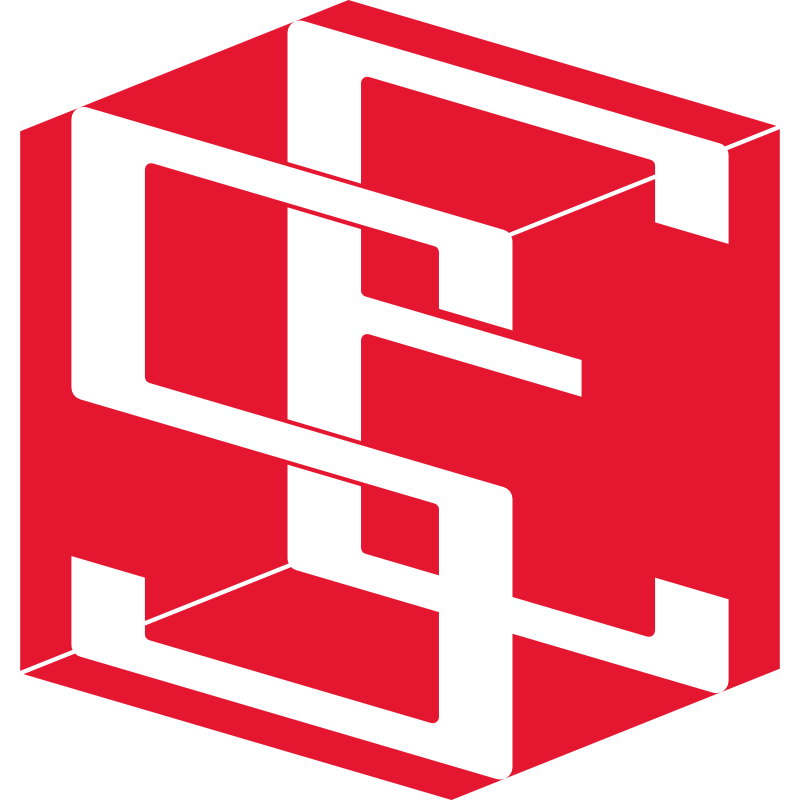Recent progress in magnetoresistive random access memory
Abstract
<p indent="0mm">Magnetic random access memory (MRAM), based on spintronics, is expected to become the next generation of universal memory due to its advantages, such as non-volatility, infinite write/erase cycles, low power consumption, and fast write speeds. Depending on the magnetic writing mechanism and magnetic media, different types of MRAM have been proposed, including spin-transfer torque (STT), spin-orbit torque (SOT), voltage-controlled (e.g., voltage-controlled magnetic anisotropy, VCMA-MRAM, and voltage-gated spin-orbit torque, VG-SOT-MRAM), domain-wall (DW-MRAM), and magnetic skyrmion-based MRAM. Each type has its own unique characteristics, contributing to the diversified development of magnetic storage technology. In recent years, the successful commercialization of STT-MRAM chips has driven the research and application of MRAM devices. This paper first provides a brief overview of the history of memory technologies, followed by an introduction to the principles of MRAM. It discusses the technologies, materials, and different physical mechanisms involved in reading and writing information in MRAM, along with the potential challenges. This paper then presents recent advances in novel magnetic writing mechanisms. Finally, it discusses technologies that may help the industry move beyond traditional MRAM, followed by a conclusion and future outlook.</p>








